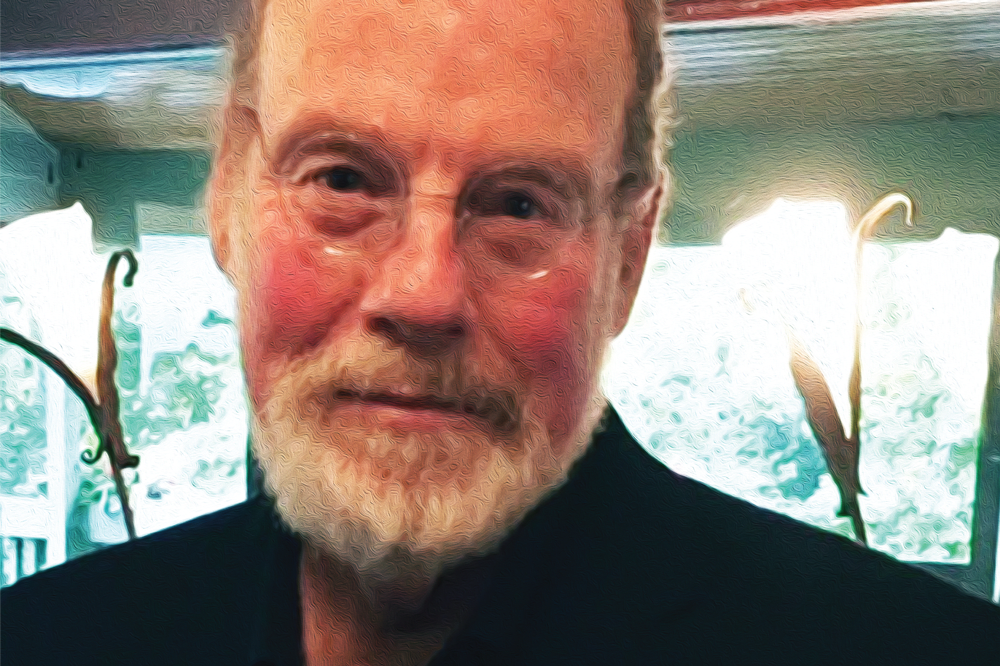One of the key aspects of understanding cancer behavior is predicting when it may metastasize. Previous research suggests that, rather than exploring the intricacies of genetics, epigenetics, or biochemistry, it’s possible that we may gain some insight by simply measuring cancer cell adhesion (1). Could the intricate mechanisms of metastasis really be predicted by observing cellular stickiness? “Probably,” say investigators from the University of California, San Diego (2).
The heterogeneous nature of cancer confounds attempts to identify biomarkers that can predict metastasis, so the researchers decided to approach the problem from a different angle – morphology. Determined to find out whether there is indeed a strong correlation between cell stickiness and cancer spread, the UCSD team built a device to measure the adhesive strength of breast and prostate cancer cells. It consists of a spinning disc attached to a coverslip coated with extracellular matrix (ECM) proteins, to which the researchers then stuck cancerous cells. The apparatus was able to quantify the force required to unbind the cells from the ECM. Compared with very adhesive cells, they found that less sticky malignant cells are more likely to metastasize. The research quantified relative adhesion, factored in the heterogeneity within cell lines, and assessed the magnesium and calcium concentrations in stromal tumors, which are higher than in non-cancerous cells. All these factors together should help identify the role that cellular adhesion plays in the metastatic state of a cancer cell. To keep moving forward, the team has also developed another device to identify migratory cells with lower adhesive properties than surrounding tissue. They believe this device may ultimately lead to an actual indicator for metastatic potential – if only they can stick with it…
References
- NE Reticker-Flynn et al., “A combinatorial extracellular matrix platform identifies cell-extracellular matrix interactions that correlate with metastasis”, Nat Commun, 3, (2012). PMID: 23047680. A Fuhrmann et al., “Metastatic state of cancer cells may be indicated by adhesion strength”, Biophys J, 112, 736–745 (2017). PMID: 28256233.




